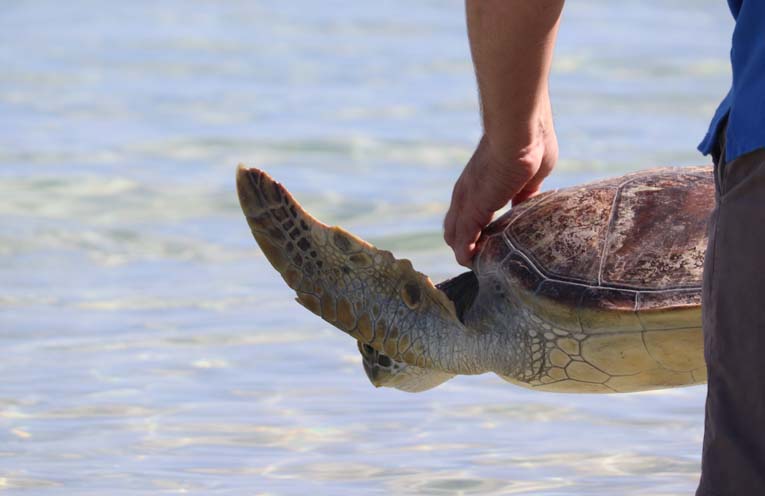
NELSON Bay has been recognised as a priority area for lowering light pollution to reduce the impacts on threatened species.
Light pollution can prevent species such as green turtle hatchlings from reaching the ocean and short-tailed shearwater fledglings from taking their first flight.
 Advertise with News of The Area today.
Advertise with News of The Area today.It’s worth it for your business.
Message us.
Phone us – (02) 4981 8882.
Email us – media@newsofthearea.com.au
Many migratory shorebirds will also avoid roosting and feeding in areas that are artificially lit at night.
To limit the impacts, the Albanese Labor Government is making a $500,000 investment to reduce light pollution near threatened species’ coastal habitat.
The program is providing grants between $15,000 and $50,000 to make people aware of the impacts of light pollution on wildlife; reduce light pollution at ecologically sensitive areas to support conservation and recovery of marine turtles, seabirds and shorebirds listed under the Environment Protection and Biodiversity Conservation Act 1999; and support local communities to ensure best-practice light management methods are identified and implemented where needed.
The grants will support the development of light pollution strategies and practical initiatives such as retrofitting problematic lighting across fifteen priority locations including Nelson Bay and Newcastle.
Applications for the program are open until Thursday 10 March 2023 for a range of eligible groups including councils, researchers, Indigenous organisations and state and territory agencies.
“Light pollution is increasing each year and is an emerging issue for wildlife conservation,” Minister for the Environment and Water, Tanya Plibersek said.
“Australia is one of the darkest continents on earth, but light pollution is still impacting our threatened and migratory species.
“Baby turtles are being prevented from reaching the ocean and birds are struggling to roost and take their first flight.
“I’d like to see innovative, locally driven solutions to light pollution that meet the needs of communities and our threatened wildlife.
“These grants will target fifteen priority areas and will support communities in raising awareness of this novel threat.
“They will help to find solutions for reducing light pollution for protected species such as green turtles and westland petrels.”
Carmel Northwood of Econetwork Port Stephens told News Of The Area, “Marine species like nesting turtles and penguins are especially affected by light pollution.”
Carmel believes the impacts of light pollution are more widespread, for example attracting millions of insects that should be more widespread in bushland, feeding many species.
Light pollution is an issue that Econetwork has been addressing on future developments and they are pleased to see that after their engagement with Ingenia they are now planning to take light pollution into account for their Trotter Road development called Natura (previously The Boardwalk).
Econetwork also raised light pollution as an issue on the development application at the new Harvey Norman development at Taylors Beach.
For further information on how to apply for the Reducing Light Pollution in Coastal Communities Program can be found at www.business.gov.au/RLPCC.
By Marian SAMPSON